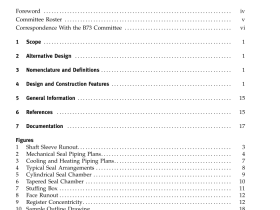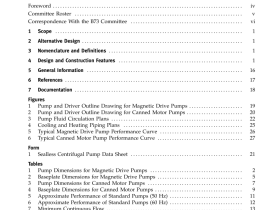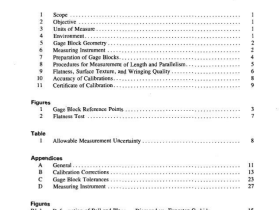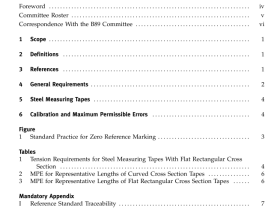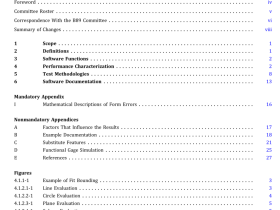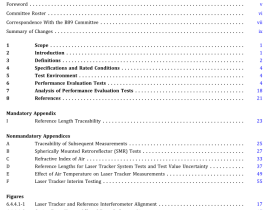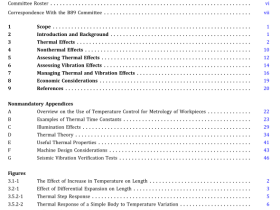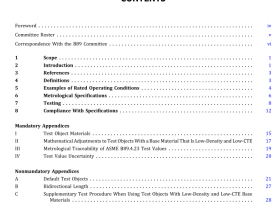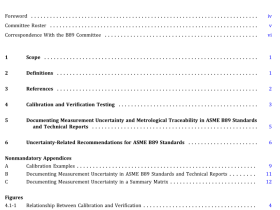ASME MFC-6 pdf download
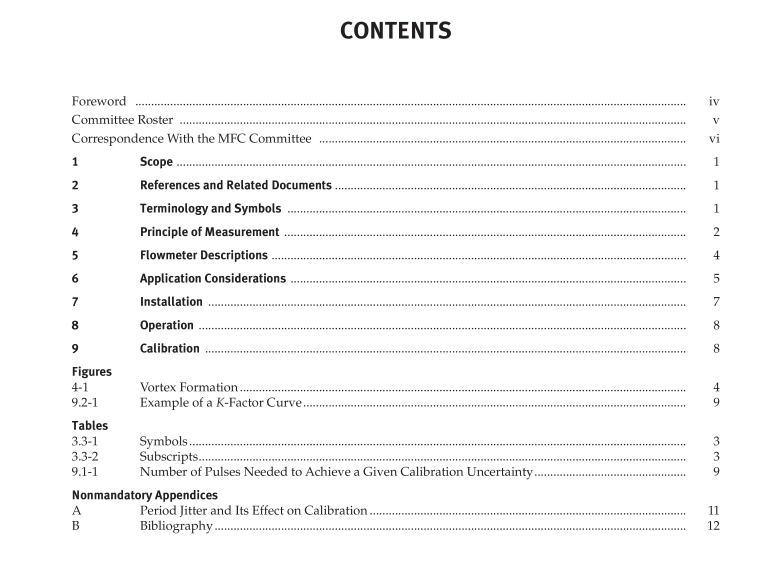
ASME MFC-6 pdf download Measurement of Fluid Flow in Pipes Using Vortex Flowmeters
5.1.2.2 digital transmitters. Digital transmitters use one or more microprocessors to process raw input signals and provide output signals and a user interface. These transmitters are often referred to as smart transmitters.
Their use of microprocessors provides several advantages over analog transmitters. Because the input signals are processed digitally, these transmitters can analyze the signals using mathematical algorithms to determine installation quality, external interference, and noise. Based on this analysis, the transmitters may be able to digitally flter out spurious signals.
The use of microprocessors and digital processing minimizes the effect of component drift that may occur in analog trans- mitters. Digital transmitters may also be able to compen- sate for changes in the meter K factor caused by changes in process temperature and pressure. Typical human interface is via a digital numeric or graphical display and buttons and optical or magnetic sensors to program parameters, or via a handheld com- municator. Digital transmitters are programmable for range and other parameters in user-selectable units and languages.
This confguration is stored on the transmitter and may also be uploaded via the communication protocol to other devices. Digital transmitters may also include the ability to program a low-fow cutoff below which the instrument either emits an error signal or holds the output to zero.
Alternatively, at no-fow conditions, the digital transmitter may determine the low-fow cutoff by differentiating between signal and noise, and adjust the measurement threshold accordingly. Digital transmitters may be enabled with protocols that allow communication with other compatible instruments, communication devices, and control systems such as distributed control systems (DCS). Most digital transmitters include a programmable output range of 4 mA to 20 mA unless precluded by a communication protocol. They are also likely to include a programmable pulse or frequency output range.
5.1.2.3 Multivariable transmitters. Multivariable transmitters are digital transmitters equipped with mul- tiple inputs to the electronics to provide the temperature and pressure of the fuid that the meter is measuring. Multivariable transmitters perform a larger number of calculations than do typical digital transmitters. Vortex shedding fowmeters measure the volumetric fow rate. In many applications, the mass fow rate of the fuid is of interest. To calculate the mass fow rate from a vortex shedding meter’s volumetric fow reading, the fowing density of the fuid must be determined.
The fowing density can be calculated from the fowing temperature, pres- sure, and an equation of state for the specifc fuid. There are exceptions to these requirements, and in the case of a liquid, the pressure effect is typically minimal and can be neglected. In the case of saturated steam, the density can be determined from knowledge of either the pressure or
